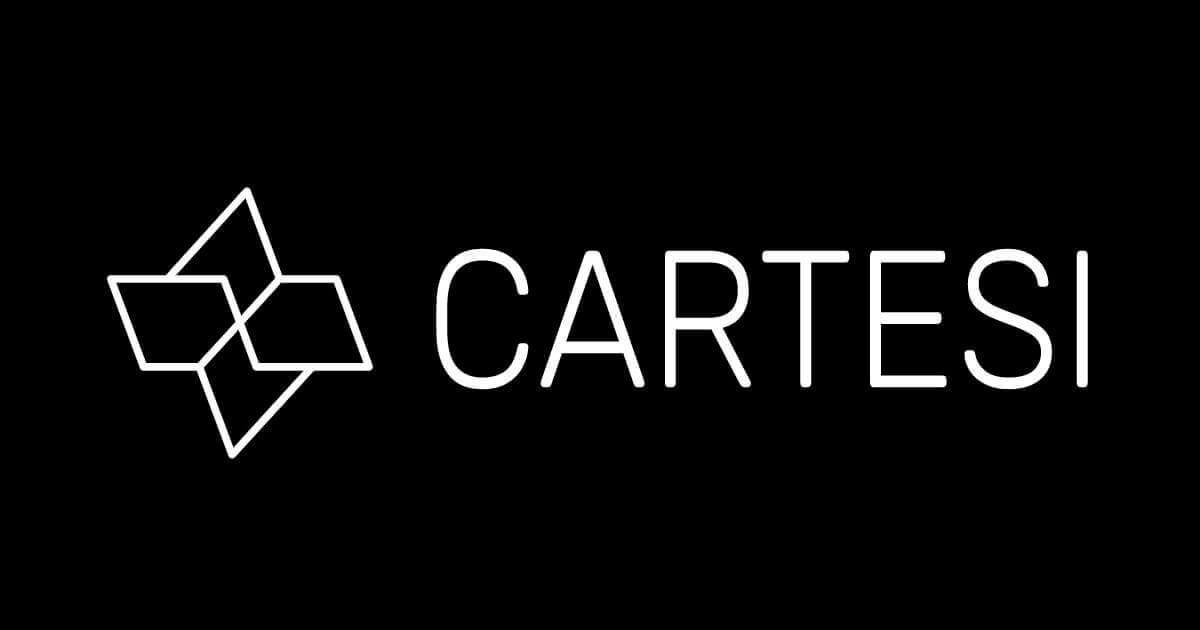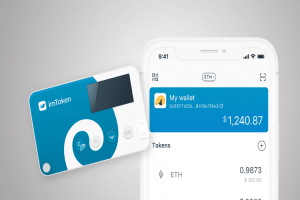Decentralized applications (DApps) are the future of the internet. But the existing blockchain cannot power a decentralized internet – thanks to a lack of scalability and high fees of operations.
To unleash the true power of blockchain, we need scalability solutions and an affordable and easy-to-use DApp creation platform.
Many blockchain projects have jumped into the fray to help address these issues. Cartesi, a layer-2 solution, is one such project. The Cartesi platform provides a decentralized Linux environment for the scalable and programmable creation of DApps.
In this article, we’ll explore the project more deeply and also look at CTSI, the project’s native token.
What is Cartesi (CTSI)?
Cartesi is a DApp platform capable of supporting complex, off-chain calculations in a Linux infrastructure. The Cartesi team wants to make DApps more cost-effective and cheaper and easier to develop. With the current blockchain setup, the creation of DApps is held back by scalability issues and high fees, and with it, their leap into the mainstream.
Cartesi hopes to accomplish this by supporting several characteristics:
- Scalable: Complex and intensive applications can be carried out off-chain while being accorded the same security levels as on-chain
- Programmable: DApps run on a Linux environment, with thousands of software kits to explore with
- Adoptable: Barriers to entry such as high fees and new and complex software stacks are removed
- Decentralized: Consensus is reached in the safe and secure underlying blockchain
- Portable: Cartesi will make DApps more portable across relevant blockchain networks
- Private: Application state can be made private and available only to relevant participants
Recent Tidbits of Cartesi
- August 2020: Cartesi partners with MixMarvel to leverage blockchain for gaming
- July 2020: Cartesi announces the launch of Decartes software development kits to enable developers to create DApps on Linux
- April 2020: CTSI holds its token sale on Binance Launchpad
- March 2020: Cartesi announces Creepts
- February 2020: Cartesi announces partnership with Newfang, a decentralized file sharing, and storage network
- January 2020: Cartesi launches the Community Adoption Program – a program to reward community members for promoting the network
- January 2020: Cartesi creates Telegram channels for the Russian, Chinese, Vietnamese, and Korean user base
Some of Cartesi’s Key Products
#1. Creepts
Creepts is a decentralized tower defense game built on Cartesi’s blockchain. It’s the first of such a game to be decentralized, and it showcases Cartesi’s blockchain power. In the game, players race against each other for the highest score in a Tower Defense game map. It features tournaments that players can participate in at a minimal fee.
Creepts features cheat-proof components, and it can run entirely off-chain and still provide the security and decentralization of the blockchain tech beneath. This is possible because the game was designed to be able to play outside of any particular virtual environment.
#2. Cartesi Machine
This is a Reduced Instruction Set Computer Version 5 (RISC-V) emulator that powers off-chain computations. The Cartesi Machine can handle way more calculations than those executed directly as smart contracts. On the Cartesi Machine, too, developers can use already-familiar software to build DApps.
#3. Cartesi Side Chain
The Cartesi Side Chain is a new technology by the Cartesi team that addresses the scalability problem without compromising decentralization. It’s an alternative to sharding and a more tailored approach.
The Cartesi side chain will solve the Data Availability Problem (DAP) in which the processing of transactions will be done as soon as data is available to all relevant parties. Also, not every participant will need to download the whole blockchain. The side chain will implement a ‘Locality’ solution, but this time, users will have more control as opposed to a fixed protocol.
Another major feature of the Cartesi side chain will be Garbage Collection. What this means is Cartesi will not have to keep the entire transaction history of the network – a factor that would weigh it down for very little or no real benefits. Cartesi will also employ an embedding protocol – which means it will use the underlying blockchain to carry out the basics as it focuses on more complicated processes such as randomizing transactions, ordering of packages, voting, and so on.
Use Cases of the Cartesi Protocol
The following is a snapshot of the possible use cases for the Cartesi network.
#1. DeFi – Since Cartesi will be able to handle multiple, complex computations, DeFi applications will be free from the scalability problems of the existing blockchain set up. It will also support interoperability among blockchains and a variety of services.
#2. Gaming – Cartesi will support new possibilities for the gaming world – from developers being able to use already available tools to affordability to computational scalability.
#3. Machine Learning – Cartesi will create a decentralized environment for emerging techs like machine learning, artificial intelligence, and more.
#4. Optimizing Logistics: People in professions such as logistics and transportation all over the world can use Cartesi’s platform to hire and get hired very affordably and without the need for intermediaries.
#5. Research: Cartesi will massively support research in fields such as science, health, 3D rendering, and other types of research that require computational intensity. This will be possible because people across the globe can rent their idle computing power.
The Cartesi Token
Cartesi, stylized as CTSI, is the native cryptocurrency of the Cartesi network. CTSI is the native token of Cartesi network, playing the following roles:
- As a mechanism to incentivize good behavior in Cartesi Core
- As payment for temporary data storage on the Cartesi side chain
- As a staking mechanism for the network’s proof-of-stake consensus. The more tokens you own, the higher the probability that will be selected to participate in block production
- As a powering mechanism for the Data Availability Protocol
How Was CTSI Distributed?
CTSI was distributed in the following manner:
- 10% went to the Launchpad Sale
- 2% went to the Seed Sale
- 5% was used in the Private Sale
- 0.67% was channeled to the Strategic Sale
- 15% went to the Team
- 2.11% was channeled to Advisors
- 40.22% to the Foundation Reserve
- 25% went to the Mining Reserve
Cartesi: Key Metrics
The Cartesi token traded at $0.052403 at the time of writing (Sep 11, 2020). It ranked at #490, with a market cap of $10,396,93, a 24-hour volume of $2,619,247, a circulating supply of 198,403,548, and a total supply of 1 billion. CTSI’s highest and lowest price ever was $0. 129832 (Aug 18, 2020), while its all-time low was $0. 026751, (May 10, 2020).
Buying and Storing CTSI
You’ll find CTSI listed on several exchanges as a market pair with USDT, BTC, USD, BNB, BUSD, ETH, WETH, etc. Some of the exchanges include Binance, BitMax, Hoo, Binance.KR, HotBit, and BitHumb.
CTSI is supported by several wallets, including MyEtherWallet, Trust Wallet, Atomic Wallet, and Ledger wallet.
Closing Thoughts
Cartesi wants to contribute to the future of a decentralized internet by creating a scalable environment for DApps. It has the inherent advantage of letting the underlying blockchain do the heavy lifting while focusing solely on DApp operations. The platform also lets developers utilize their already familiar skills, enhancing their experience. Will Cartesi stand the test of time in a cut-throat blockchain space? Only time will tell.





